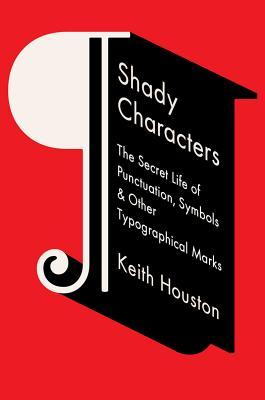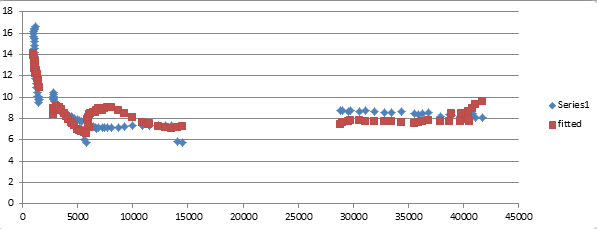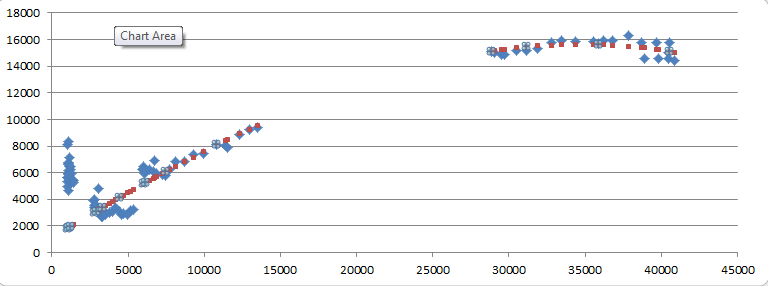The Psychology of Money by Morgan Housel
My rating: 2 of 5 stars
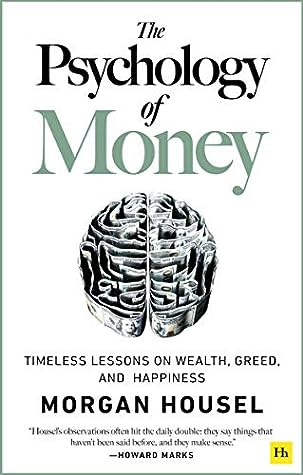
Some books are so badly written, you can hear the author’s fingers banging on the keyboard, pounding out clumsy phrase after clumsy phrase so loudly it distracts from, rather than reinforces, what the author is trying to say.
The Psychology of Money is not one of those books. Actually, the writing is acceptable enough to avoid being a major distraction. Not good, mind you, but acceptable. Instead I found myself distracted by something else: the complete lack of substance. I wondered how a book so short could still feel so padded out. It was peppered with unnecessary examples and anecdotes that tangentially supported the core point of the chapter – like when he takes you back a hundred years into some semi-famous financier’s boyhood in order to illustrate the point that it is good to leave your investments to ripen, instead of harvesting them too early.
For all the padding, what was missing were any profound insights into … the psychology of money. In fact, the title ought to have been A Few Obvious, Practical Ideas for Managing your Personal Finances. But what I wanted from the book was some deeper psychology. For example, one thing that always fascinates me about money management is what I’ll call the ‘scale paradox’. Back when I was a real estate agent, I observed more than a few times how people would fight and claw to avoid paying an extra 50 cents for a dozen eggs, yet fail to put in the same effort to add an extra ten thousand dollars to the sales price of their house.
Is this because large numbers are simply inconceivable to us?
Is it because we are preprogrammed to care more about tangible, basic transactions than intangible, complex ones?
I don’t really know, because this is one of many, many interesting aspects of the psychology of money Hausel had nothing to say about.
Instead, he informed me that investors are all different, so no single investment strategy can be considered ‘best’, and that he and his wife paid off their mortgage because they like the feeling of ‘owning’ their own home.
Maybe the deepest insight from The Psychology of Money has nothing to do with the content, and more to do with the psychology of book publishing and sales. I.e. how such a shallow, pointless collection of air could sell over six million copies. Figuring that one out – at least for authors like me – would be a true insight into making money.
View all my reviews

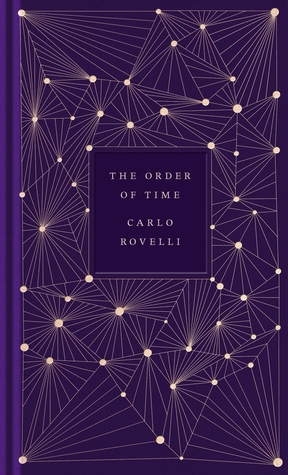
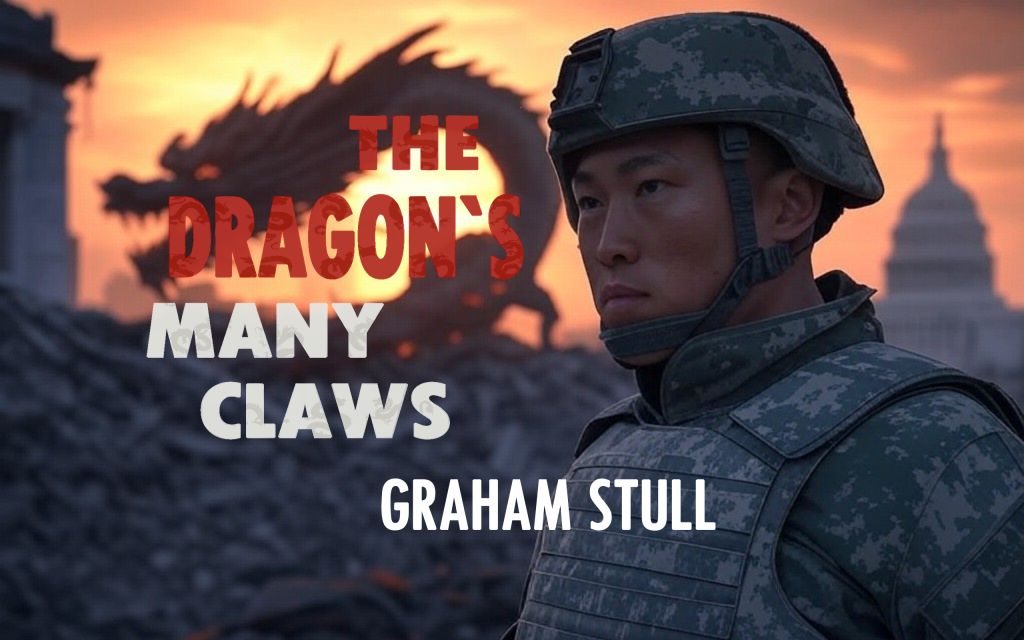
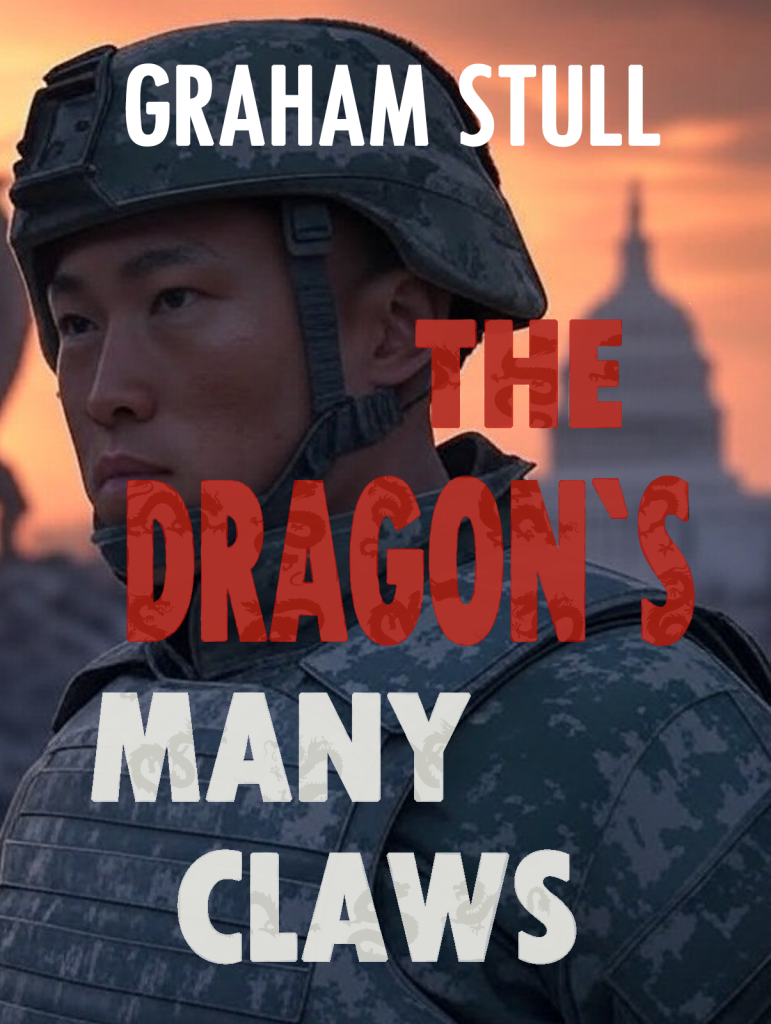
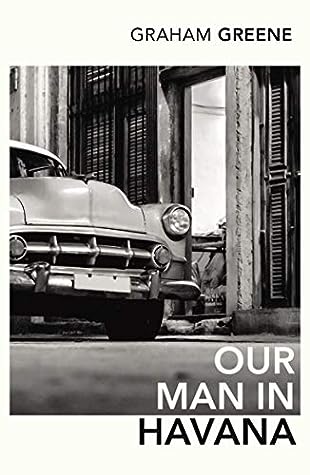
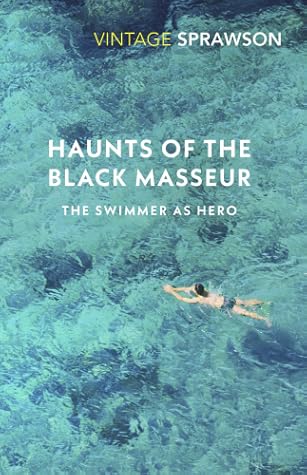 My rating:
My rating: 
